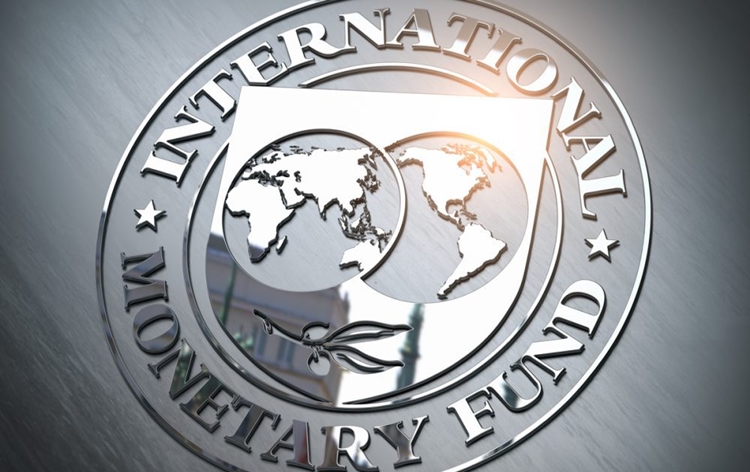IMF has again called for comprehensive reforms of China’s growth model saying that China’s potential growth has started falling and several headwinds suggest, it will continue to slow down considerably over the medium to long term.
This is IMF’s second warning in a week when it called for reforms to sustain growth highlighting the diminishing returns of China’s investment-led growth model mainly due to over-reliance on relatively less productive State-Owned Enterprises (SOEs) and less growth-enhancing real-estate sector.
IMF also highlighted concerns about the falling share of consumption in Chinese GDP in its Selected Issues paper released yesterday, February 10, which was conducted in mid-December around the time when China abruptly moved away from its zero-Covid strategy.
Even though IMF has upgraded China’s growth forecast for 2023 to 5.2 per cent from 4.4 per cent previously, it still has concerns about the medium- and long-term outlook. This would severely affect China’s target of doubling its gross domestic product (GDP) and becoming a moderately prosperous nation by 2035.
China’s potential growth fell from a peak of about 10 per cent in 2005-06 to 4.7 per cent in 2021. It could drop to about four per cent on average over the next five years and three per cent on average between 2028-37, the IMF paper said.
World’s number two economy is facing major challenges such as a shrinking population, an ageing workforce and slowing aggregate productivity. Risks associated with the US-China trade war and fears of tech decoupling especially the US ban on chip supplies to China are further aggravating the situation for China.

